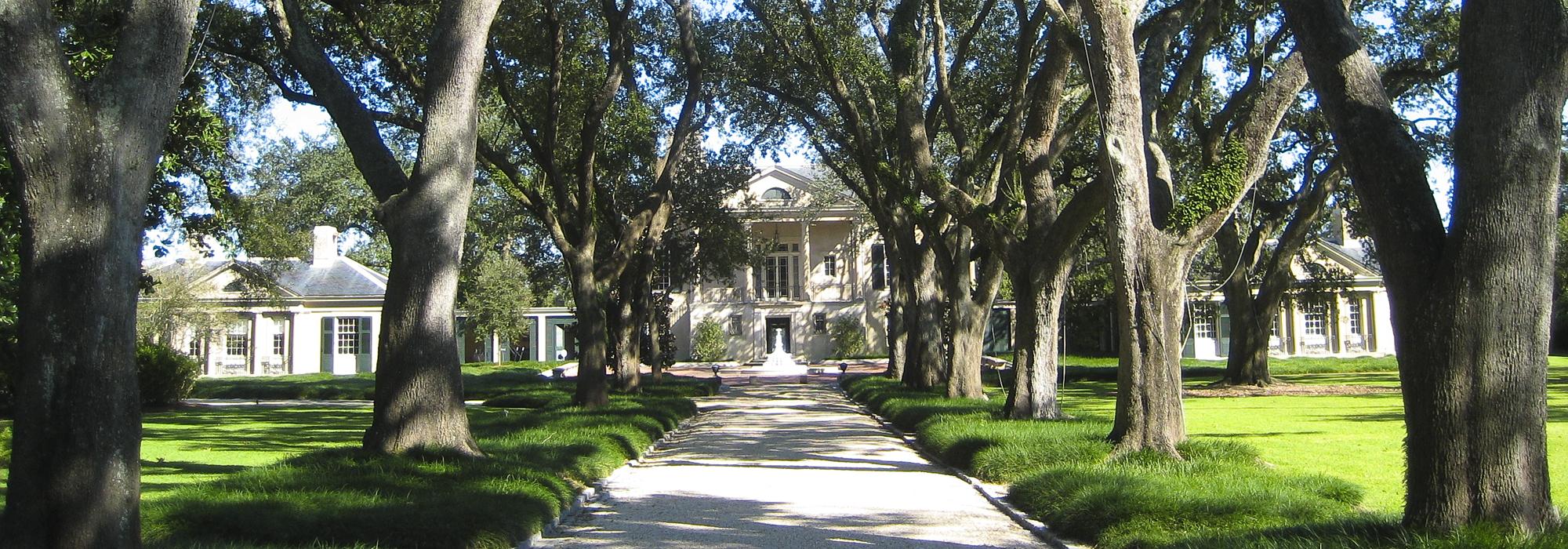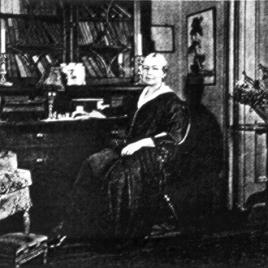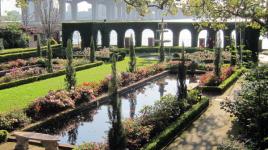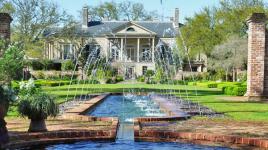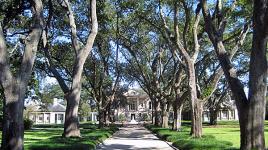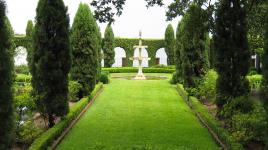Pioneer Information
Around 1912, Ellen Shipman began her career as a garden designer in Cornish, New Hampshire, and gained a mentor in the architect Charles Platt. Platt’s assistant taught her draftsmanship, and from Platt himself she developed a taste for strong axial garden layouts and tight visual connectivity between house and garden. She held her own, however, in preferring the simple clean geometries of Colonial gardens.
By 1920 she had opened an office in New York City, where she hired graduates of the Lowthorpe School of Landscape Architecture. Her most noted gardens are Longue Vue Gardens in New Orleans, the Cummer Estate (now the Cummer Museum of Art and Gardens in Jacksonville, Florida), and Stan Hywet Hall in Akron, Ohio, the latter where she was recommended by Warren H. Manning. Among her rare commercial projects are Lake Shore Boulevard in Grosse Point, Michigan, and the Aetna Life project in Hartford, Connecticut.



